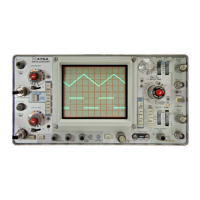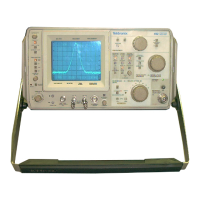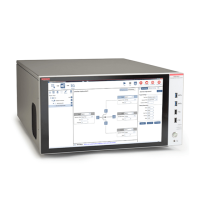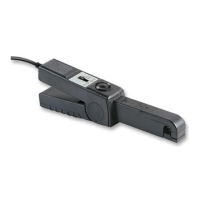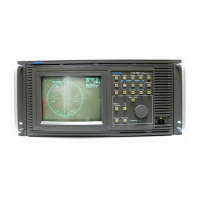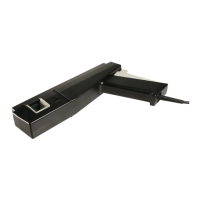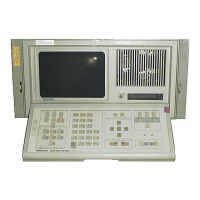1. Connect a line frequency signal
to
the Channel 2
input.
2.
Set the
VERT
MODE
AL
T switch
out
and
the
Channel 2
INVERT
switch in. Adjust the
Channel 2
VOLTS/DIV
and
VAR
controls
so
that the
Channel 2 display
is
about the
same
amplitude
as
the
undesired
portion
of
the Channel 1 display
(see
Figure 17A).
3.
Depress
the
ADD
push
button.
Slightly readjust the
Channel 2
VAR
VOL
TS/DIV
control
for
maximum
cancellation
of
the undesired
signal
component
(see
Figure 178).
AMPLITUDE COMPARISON
Repetitious amplitude comparisons
of
unknown signals
with
a reference signal (e.g., on
an
assembly line test) may
be
easily
and
accurately
made
using the
4658.
To accom-
plish this, a reference signal
of
known amplitude
is
first
set
to
an
exact number
of
vertical divisions by adjusting the
VOL
TS/DIV
and the
VAR
VOL
TS/DIV
controls.
Unknown
signals
can
then
be
quickly
and
accurately com-
pared
with
the reference signal
without
disturbing the
setting
of
the
VAR
VOLTS/DIV
control. The procedure
is
as
follows:
1.
Set the amplitude
of
the reference signal
to
an
exact
number
of
vertical divisions
by
adjusting the
VOLTS/
DIV
and
VAR
VOL
TS/DIV
controls.
2.
Establish a vertical conversion factor, using the
following
formula (reference signal amplitude must
be
known:
Vertical reference
signal
amplitude (volts)
Conversion
Factor
vertical
VOL
TS/DIV
deflection X switch
(divisions) setting
3. For the unknown signal, adjust the
VOL
TS/DIV
switch
to
a setting
that
provides sufficient vertical
deflection
to
make
an
accurate measurement. Do
not
readjust the
VAR
VOL
TS/DIV
control.
4. Establish
an
arbitrary deflection factor, using the
following
formula:
Arbitrary
Deflection
Factor
Vertical
VOLTS/DIV
Conversion X switch
Factor setting
5. Measure the vertical deflection
of
the unknown signal
in divisions and calculate its amplitude using the
following
formula:
Unknown
Signal
Amplitude
Arbitrary
Deflection X
Factor
Vertical
Deflection
(divisions)
46
465B/DM44
Operators
@
I
I
I
I
I
I
I
I
I

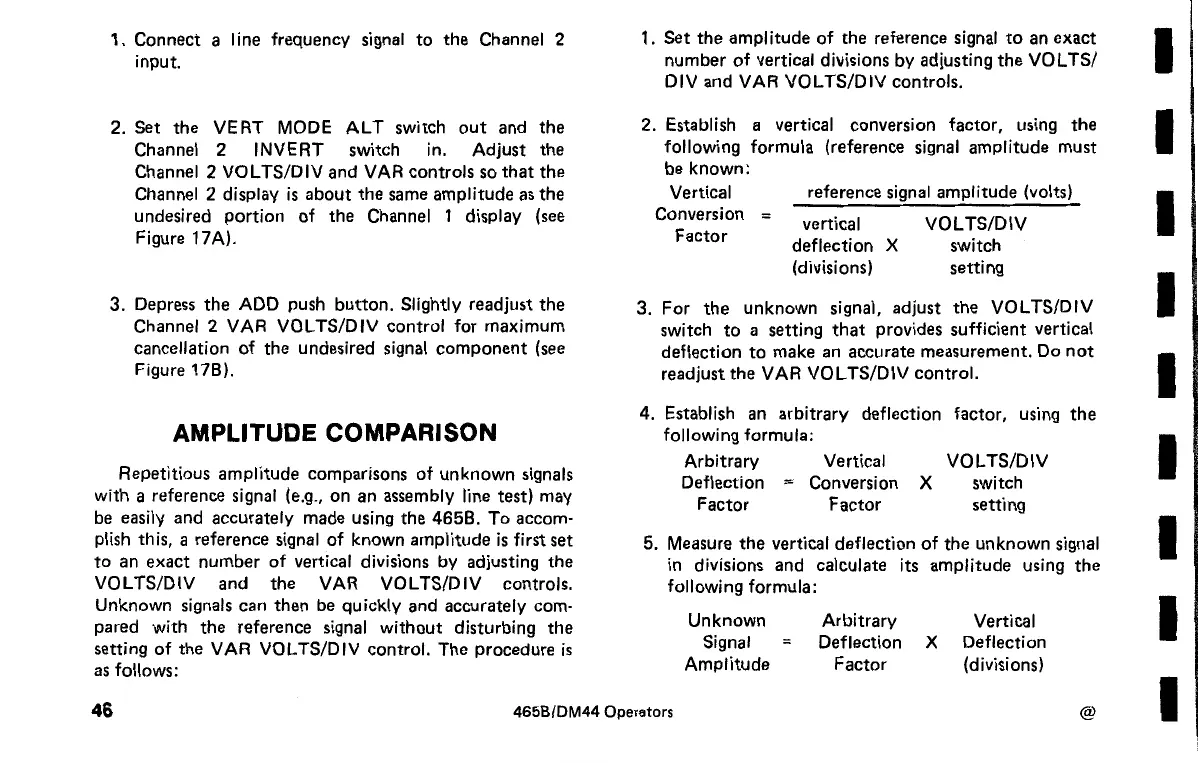